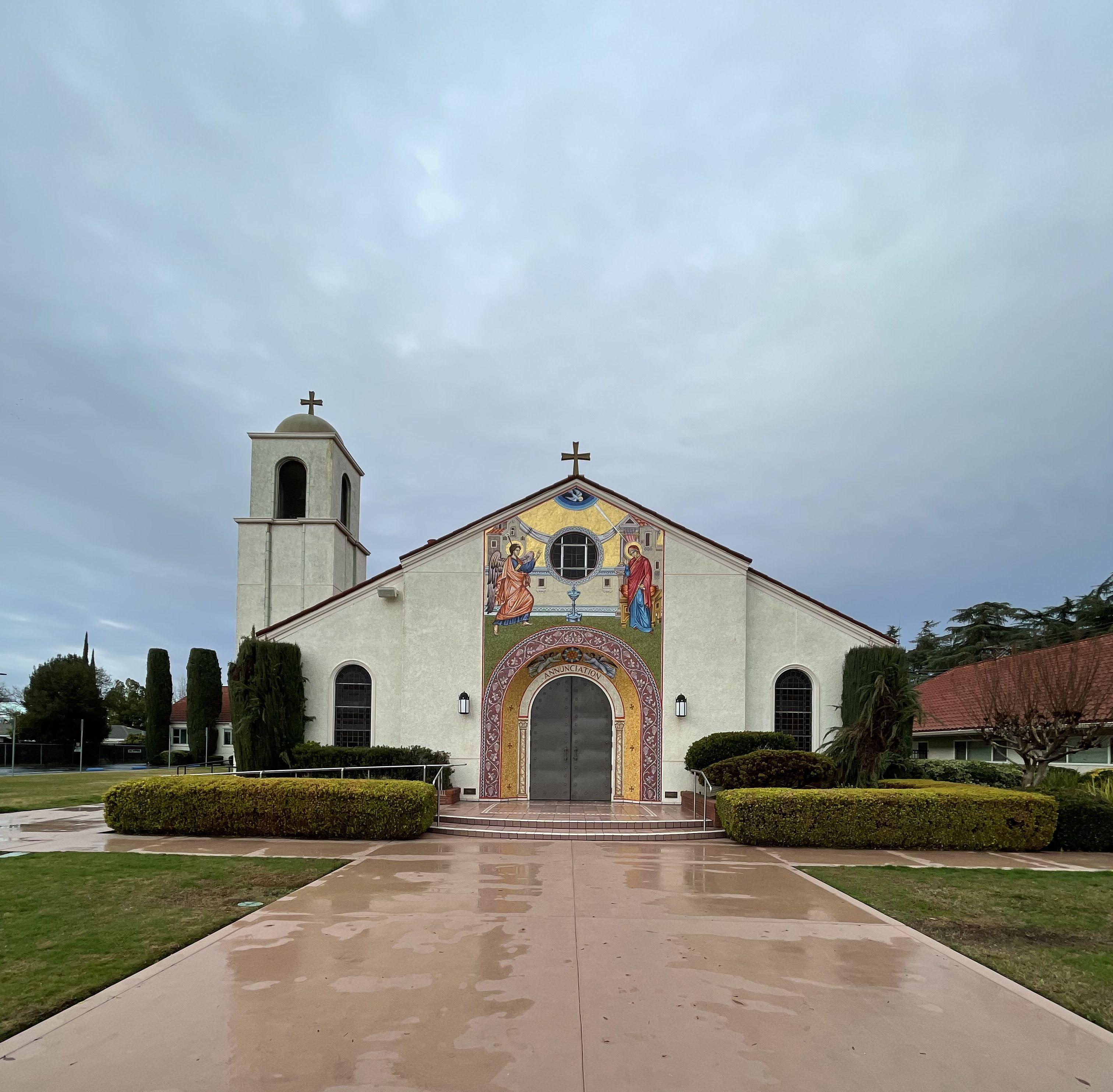Greek Orthodox Ceremony

Question
The Service of Betrothal
Answer
The theme of this service is faithfulness that is expressed in the symbolism of the rings and is comprised of three main components: petitions, prayers and the exchange of the rings. The ring is worn on the right hand as Biblical tradition suggests it is the right hand that God blesses.
Question
The Exchange of Rings
Answer
The rings are blessed by the priest who takes them in his hand and makes the sign of the cross over the couple’s heads saying: “The servant of God, Groom, is betrothed to the servant of God, Bride, in the name of The Father, The Son, and of The Holy Spirit.” The rings are the symbol of betrothal from the most ancient times. The exchange signifies that, in married life, the weakness of the one partner will be compensated by the strengths of the other, the imperfections of one by the perfections of the other. Individually, the newly betrothed are incomplete; together they are made perfect. The exchange of rings signifies that the spouses in marriage will constantly complement each other and be enriched by the union.
Question
The Marriage Ceremony
Answer
The marriage ceremony begins immediately following the betrothal service. The bride and groom are handed candles which they hold throughout the service. The candles represent the lamps of the five maidens of the Bible, which, because they contained enough oil, enabled the maidens to light the way for the Bridegroom Christ, when He came in the darkness of night. The candles symbolize the spiritual willingness of the couple to receive Christ, who will bless them through this Sacrament.
Question
The Crowning
Answer
Climaxing the marriage service is the Crowning. The crowns (Stefana) signify the glory and honor of God given to the couple during the Sacrament. The bride and groom are crowned as the queen and king of their kingdom, the home, which they will rule with wisdom, justice and integrity. The crowns are joined together with a ribbon symbolizing two are now one. The priest places the crowns upon their heads; blessing each partner. Some interpret the stefana as being symbols of the crowns of martyrdom, since every true marriage involves immeasurable self-sacrifice.
Question
The Common Cup
Answer
In the second Gospel of St. John, we read that Jesus attended and blessed the marriage at Cana of Galilee. There He changed water into wine and gave it to the newlyweds. The couple drinks blessed wine from a common cup, remembering the first miracle Jesus performed. The common cup designates a mutual sharing of life in its fullest, a common support for every joy and sorrow experienced in life’s walk. The drinking of wine serves to impress upon the couple that, from this moment on, they will share everything in life, joys as well as sorrows, and they are to “bear one another’s burdens.”
Question
The Dance of Isaiah
Answer
The priest leads the couple around the table on which are placed the Gospel and the Cross, Christ’s symbols of hope and redemption. These first steps as partners are to emphasize the focus of their “life’s walk” together. During the ceremonial walk around the table, a hymn is sung to the Holy Martyrs, reminding the newly married couple of the sacrificial love they are to have for each other in marriage, a love that seeks not its own, but is willing to sacrifice all for the one loved.
Question
The Final Blessing
Answer
The bride and groom return to their places, and the priest lifts the crowns from their heads. The marriage ceremony ends with words of blessing to the newlyweds.